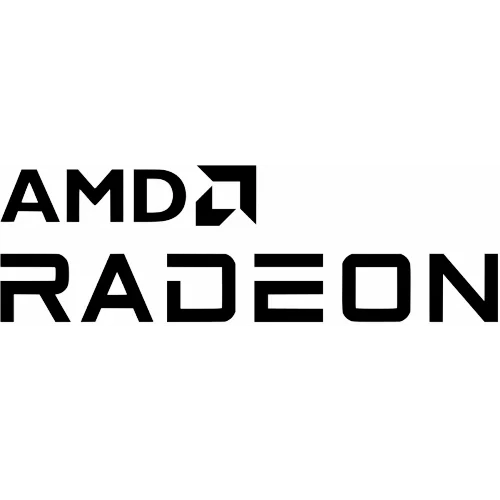The Slides Announcing The New "AMDGPU" Kernel Driver

My three-page article published when Alex Deucher was presenting this information to the public covers all of the details you need to know: AMD Moves Forward With Unified Linux Driver Strategy, New Kernel Driver. Be sure to read it if you haven't done so already. I've also now got my hands on a copy of the slide deck used at XDC2014 Bordeaux.
Here's the slides from Alex Deucher's presentation along with a few extra words beyond my in-depth article this morning:
The AMD Linux Driver Stack... getting a lot more interesting in 2015!
This new kernel driver seems to be going for the "amdgpu" name where as the current AMD kernel DRM driver is called "radeon" within the mainline Linux kernel. This amdgpu effort is all about unifying their driver offerings. They want as much code as possible to be upstream, unified to support open and closed source driver stacks, and to consolidate advantages and features of their drivers.
TTM, DRM, GBM, DRI, and GLAMOR are among the technologies that will continue to be used by the open-source Radeon Linux graphics driver and now for Catalyst too. None of Catalyst is being open-sourced.
AMD is looking at the driver stacks as: all open, non-pro, and pro. The non-pro level is where the binary blobs start out at for OpenGL, multimedia, and OpenCL. The pro level is said to offer some undisclosed "FirePro add-ons."
A look at the fully open-source driver stack.
The non-pro stack with AMD's closed-source UMDs/Apps of OpenGL, OpenCL, and multimedia support. For the closed-source blobs it looks like there's going to be an open-source but potentially not upstreamed set of interfaces as a shim to then interact with the libdrm_amdgpu component.
The FirePro add-on for the "pro" level looks like it will plug into the stack.
The new driver stack is going to use a xf86-video-amdgpu DDX to succeed the current xf86-video-ati driver.
Among the Linux developers challenges still deal with hardware IP, code, and documentation. Again, Catalyst is not being open-sourced.
Under the new model, readiness for open-source support is to happen at the hardware design time.
AMD's existing non-open-source developers will need extra training and guidance for interacting with the open-source Linux community.
Documentation will still be worked on going forward.
Closed-source blobs are needed for customers who want workstation features, advanced OpenGL 4.x support, OpenCL compute support, etc. In the future AMD is trying to increase its focus on open-source.
As explained in the earlier article, the prototyping of the AMDGPU kernel driver was done with Sea Islands hardware and the DRM driver is based on the existing Radeon DRM. The AMDGPU kernel driver is only going to support new, unreleased hardware while the current Radeon driver stack won't be enabled for these future "Pirate Islands" Rx 300 series hardware.
AMD is c ounting on community feedback, testing, and better integration with upstream projects.
178 Comments

